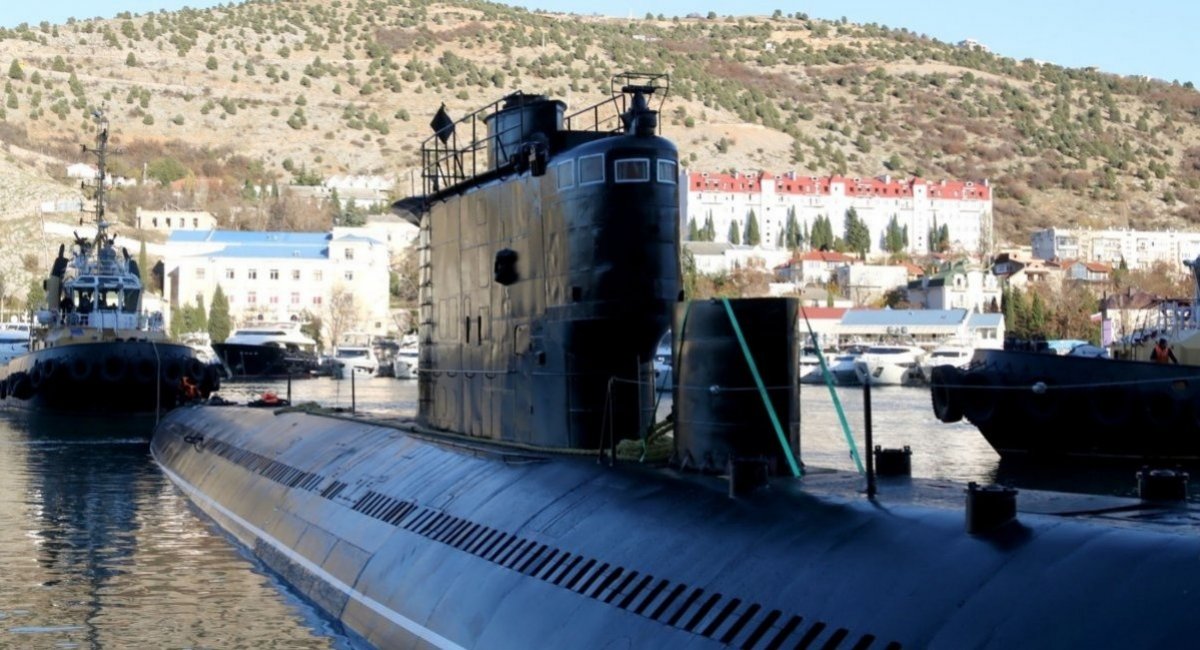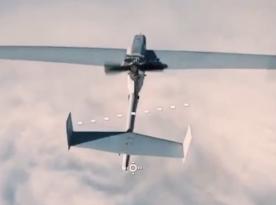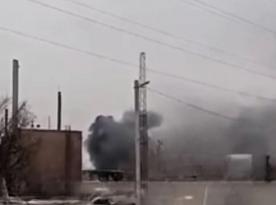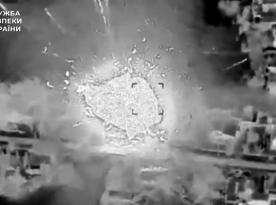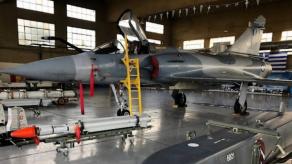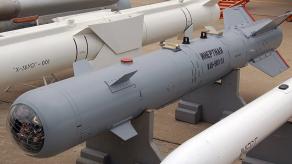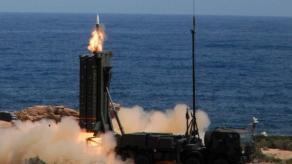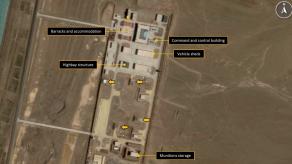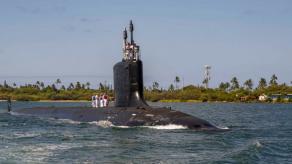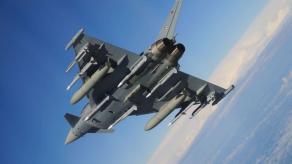Late January 2025, some activity was reported at russia's secret underground base Object 825 in Balaklava, occupied Crimea. The topic resonated through media as it raised concerns if Kalibr cruise missile carriers could be deployed there.
Several weeks have passed, and the American thin tank Jamestown Foundation has offered an assessment that can be summarized as follows: although Object 825 is valuable for the russian forces operating in Ukraine, they are currently unable to deploy their ships and submarines there because of the dimensional limitations of this base; in the future, however, they may reconstruct this military facility.
Read more: russians Grieve the Unfinished Ulyanovsk Aircraft Carrier But Nothing They Can Do
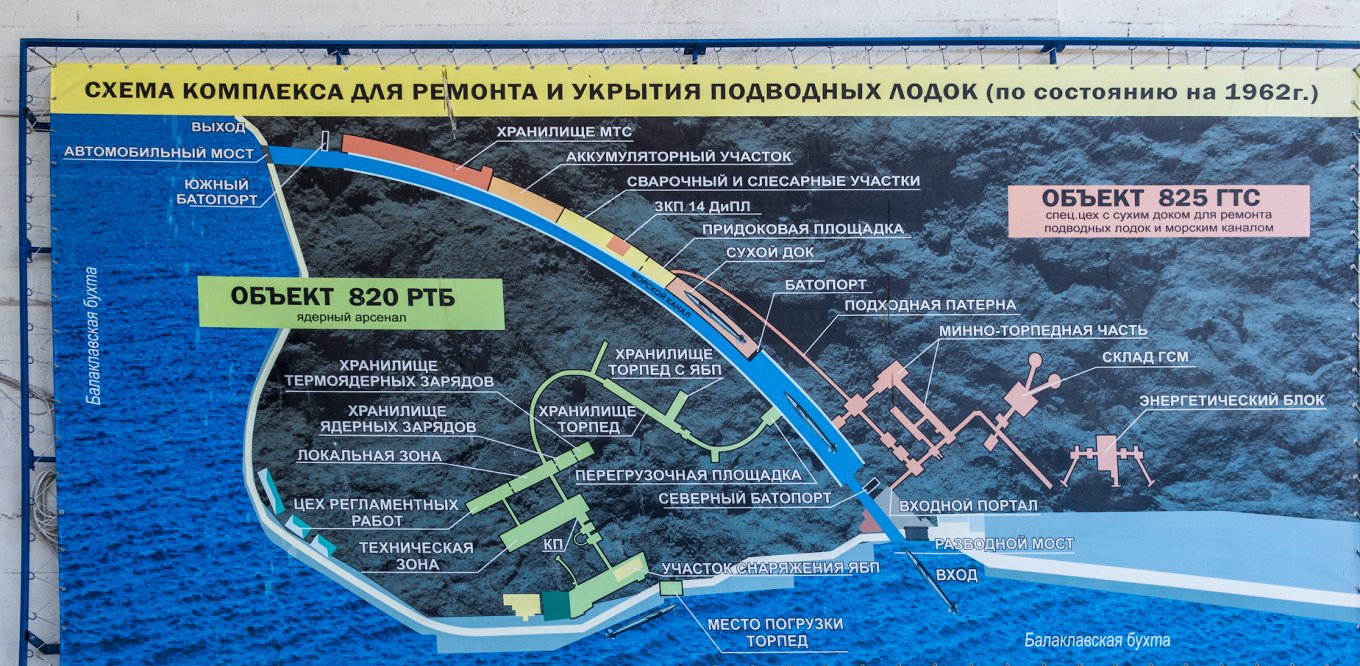
As the experts note, back in the days of the Cold War, the Soviet was an operating military base Object 825 with not only berths for numerous submarines but also underground roads and communications, nuclear weapons storage facilities, and command posts.
For a long while, the facility had functioned as a museum, yet now the russians might have already started reviving its original status, which makes sense after they lost several valuable ships of the Black Sea Fleet to Ukrainian missile strikes.
On the other hand, since the base was designed during the Cold War, it can only provide harbor for Cold War-era submarines, namely the Soviet diesel-electric Project 613 and Project 633 classes. The berths and the entrance channel were tailored to their dimensions resulting in enclosed spaces 505 meters long, up to 8.5 meters wide, and 6 to 8.5 meters deep.
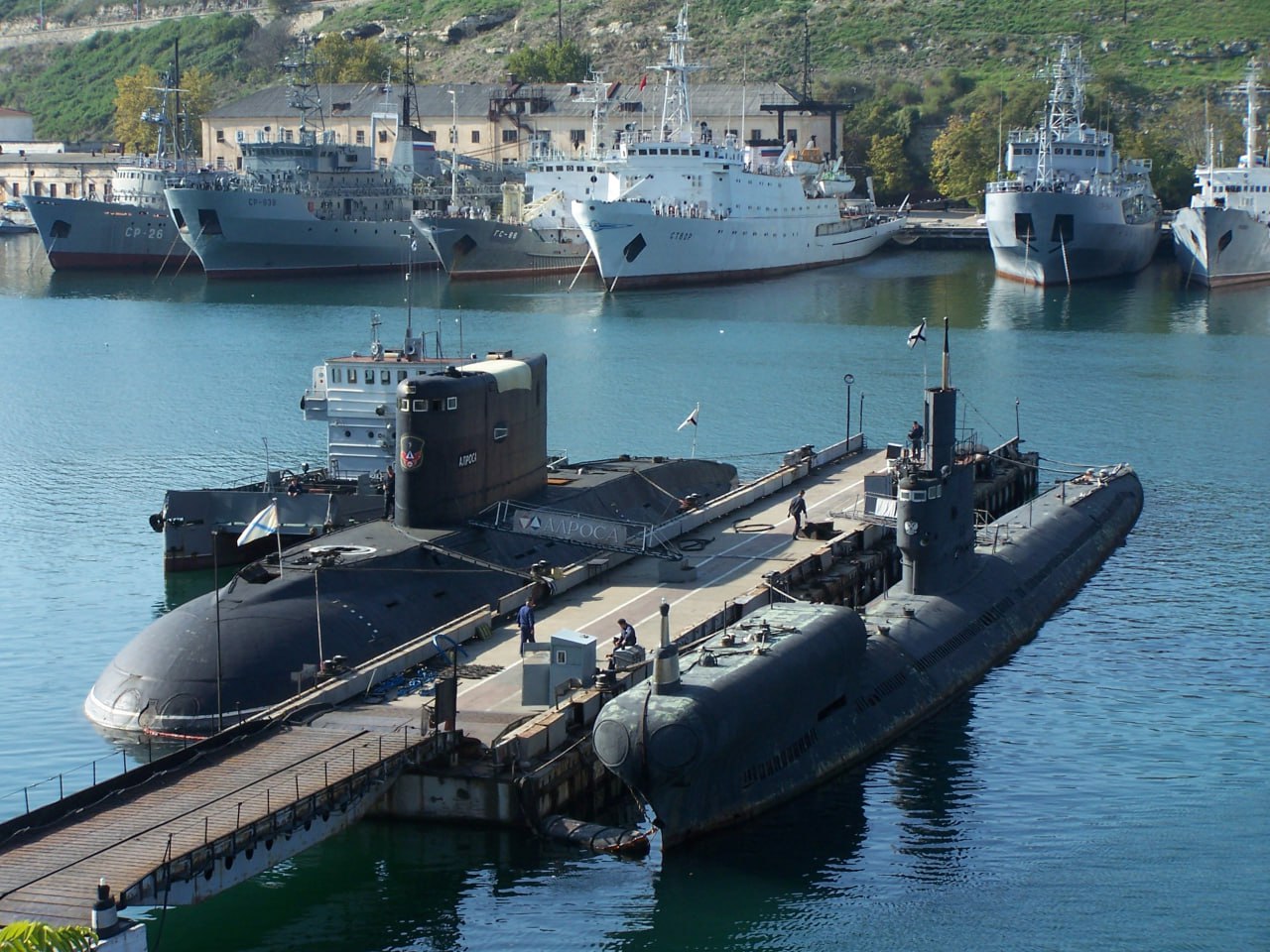
Modern diesel-electric submarines of Project 636.3 and Project 877, carriers of Kalibr LACMs for the russian Black Sea Fleet, or the missile corvettes of Project 21631 Buyan-M and Project 22800 Karakurt simply cannot enter the Balaklava facility.
Therefore, russia's temporary solution to protecting its ships in the Black Sea is to deploy them in Novorossiysk, mirroring the Soviet tactical decisions during World War II.
However, as the Jamestown Foundation analysts hypothesize, if the war were to end soon, russia might reconsider the priority locations for its Black Sea Fleet permanent deployments. For example, they could begin the reconstruction of Object 825 in Balaklava so that at least modern diesel-electric submarines of Project 877 and Project 636.3 can be stationed there ensuring Kalibr attack capability.
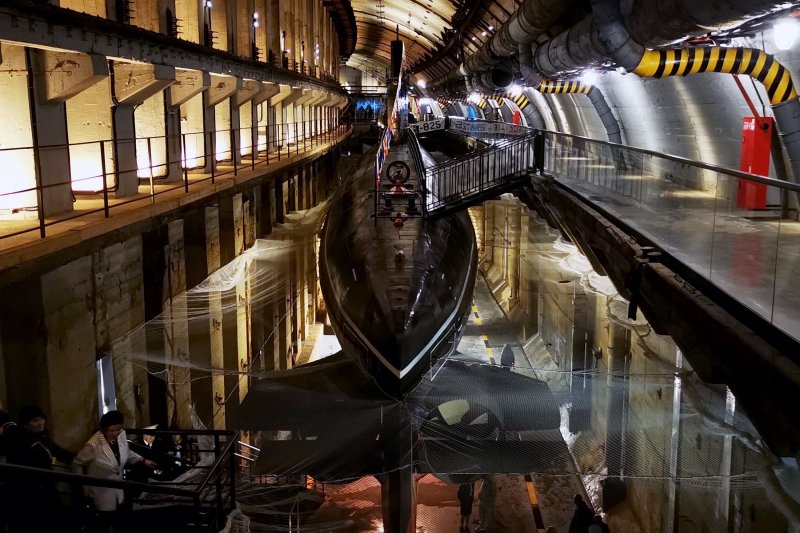
Read more: The UK Defense Intelligence: russian Sparta Il and Sparta Merchant Vessels Depart Tartus, Future of the Base in Question




